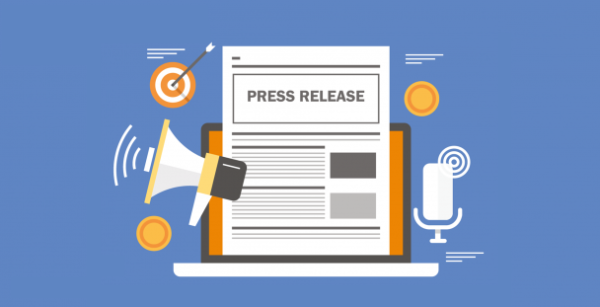LITRG warns workers of tax and benefits hit from fuel top up money
Some employers are starting to pay or reimburse employee business mileage at more than the HMRC ‘approved’ amount because petrol and diesel prices are soaring. But the Low Incomes Tax Reform Group (LITRG) cautions employees that they may not see the full benefit.

If employers use the ‘approved’ rates when they pay or reimburse employees for using their own car for business travel, the payments are not subject to income tax or National Insurance, an employer does not need to report them to HMRC and they do not affect universal credit awards.
The approved mileage allowance rates, which are supposed to cover fuel costs as well as other running costs/wear and tear, are:
| First 10,000 business miles in the year | Each business mile over 10,000 miles in the tax year | |
|---|---|---|
| Cars and vans | 45p | 25p |
| Motorbikes | 24p | 24p |
| Bicycles | 20p | 20p |
But these rates have been in place since 2011 when petrol prices were around £1.35p per litre. The average rate is now around £1.87p.1
LITRG understands that some employers, worried that the rates will no longer cover an employee’s costs, are starting to pay or reimburse employees at more than the approved rates. But this brings with it an administrative burden for employers as well as tax and National Insurance implications for employees that they may not be aware of – and potential knock-on effects for universal credit.
Head of LITRG Victoria Todd said:
"Where an employer pays or reimburses at more than the approved mileage allowance rate, then HMRC deem the employee to have received extra wages. The way the excess is treated for tax and National Insurance purposes is complicated.”
‘Burdens on employers’
The excess is taxable on the employee and as such, the employer should either enter the amount on the employee’s P11D (used to detail certain expenses and benefits that they are liable to pay tax on), or if the employer payrolls expenses and benefits, add the profit amount to the employee’s pay, and deduct and pay tax over as normal under PAYE.
The employer may also need to deduct Class 1 National Insurance on the excess through the payroll, even if they put the amount on the P11D for tax purposes. But for National Insurance purposes, the ‘approved’ rate of 45p per mile is used for all business mileage, even if this exceeds 10,000 miles in the tax year. This means the amount of excess for tax purposes and the amount for National Insurance purposes may be different.
‘Universal credit hit’
Where the employer applies the correct treatment, only the excess amount should flow through to DWP to be picked up as income for universal credit purposes. This means where an employer reimburses mileage at a rate at, say, 50p per mile then universal credit should ignore 45p a mile but should include the 5p balance, after any tax and National Insurance, as income. However this still means that, in addition to potentially confusing tax and National Insurance treatment, an employee’s universal credit award will be lower than they may expect because of their higher income.
Victoria Todd said:
“These complications are a potential headache for the well-meaning employer and in many cases, a shock to the employee when they realise they may not feel much of the benefit of their employer’s generosity. And this is before you start to consider the possibility of errors in how the excess is processed by employers due to the complexity of the rules.
"This situation would be easily relieved if HMRC increased the approved rates, as they have the ‘advisory fuel rates’ for company car users recently.2 This might encourage more employers to pay their employees more for mileage. It would also mean an increased tax relief deduction for employees where employers do not pay at the rates – an added bonus for the low-paid who are dependent upon their cars.3 In the light of soaring fuel prices, now is the time for a review."
Notes for editors
- Latest fuel price data can be found on the RAC website.
- HMRC has published the latest advisory fuel rates for company car users, effective from 1 June 2022. The advisory fuel rates are lower than the approved mileage rates to reflect the fact that it is the employer, rather than the employee, who meets the running costs of the vehicle.
- The rates serve two purposes – the first is the Approved Mileage Allowance Payments system – provided the amounts paid to employees do not exceed the rates they are not subject to tax or NIC and do not need to be reported to HMRC. The second is that where an employer pays less than the rates (or nothing at all), the employee can claim tax relief for the unused balance of the approved amount (this is known as the Mileage Allowance Relief (MAR) system).
